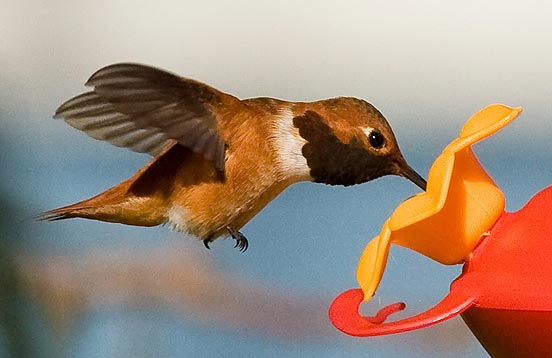Birding: Cornell Lab of Ornithology

Image courtesy of Lois Miller © Cornell Lab of Ornithology
This is Passport to Texas
Winter is a great time for birding in Texas, and much of what we know about birds comes from the Cornell Lab of Ornithology in New York. It’s a world leader in the study, appreciation, and conservation of birds.
06— We are a part of Cornell University, but we are also a semi-independent unit of the university.
Pat Leonard works at the lab, which she says is also a nonprofit membership organization with 45-thousand members nationwide supporting their work.
12—So, there’s that outreach to the public side, but then we’re also a research institution. We have people here studying feeder birds, we’re studying specific species, bird biology, bird behavior, bird sounds…
Here’s where it gets interesting. In addition to studying birds, Pat says the Cornell lab of Ornithology also studies whales and elephants.
26—Because of our interest in sounds and communication of animals, we develop a lot of high tech tools for gathering and recording sounds that can be studied later. Some of those devices are used on land to capture bird sounds and to track migration, for example. But we also have devices that we put under the
ocean to track whales, particularly the highly endangered North Atlantic Right Whale, and then we also put them out to track forest elephants in Africa.
While the Lab’s research may seem broad, Pat Leonard says it always comes back to biodiversity and preserving places for these types of animals to continue to survive.
Tomorrow: a citizen science project that’s for the birds.
For Texas Parks and Wildlife…I’m Cecilia Nasti.


 Passport to Texas is a
Passport to Texas is a  Passport to Texas is made available by:
Passport to Texas is made available by: